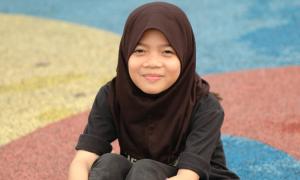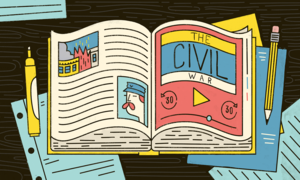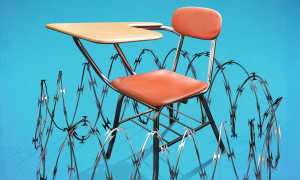article
4,317 Results
student task
Do Something
Voting in Your Town
Students use online resources to analyze current voter registration and turnout rates in their state and local community. They also explore potential roadblocks to the voting process (e.g., felon disenfranchisement and voter fraud).
October 3, 2016
article
Countering Islamophobia Through Education

Schools and communities must work together to counter Islamophobia, bullying and hate in all its forms. This curricular resource can help.
author
text
Informational
A Tale of Two Schools
On April 14, 1947, the Ninth Circuit Court of Appeals in San Francisco upheld the lower court decision in Mendez v. Westminster, which required the school to integrate and set the stage for Brown v. Board of Education.
August 7, 2017
article
The Subscribed Classroom: Using Podcasts to Teach About Social Justice

More and more educators are turning to podcasts to bring new ideas, arguments and voices into their classrooms.
article
The School-to-Deportation Pipeline

As immigration enforcement becomes more aggressive, schools have become increasingly risky places for undocumented students.
author
article
Welcome to Park Day School
A Bay Area teacher shares her independent school's commitment to community.
article
The Promise of Building Bridges

The UCLA Dialogue Across Difference Initiative offers a model to foster a culture of meaningful exchange, empathy and critical thinking in education and communities.